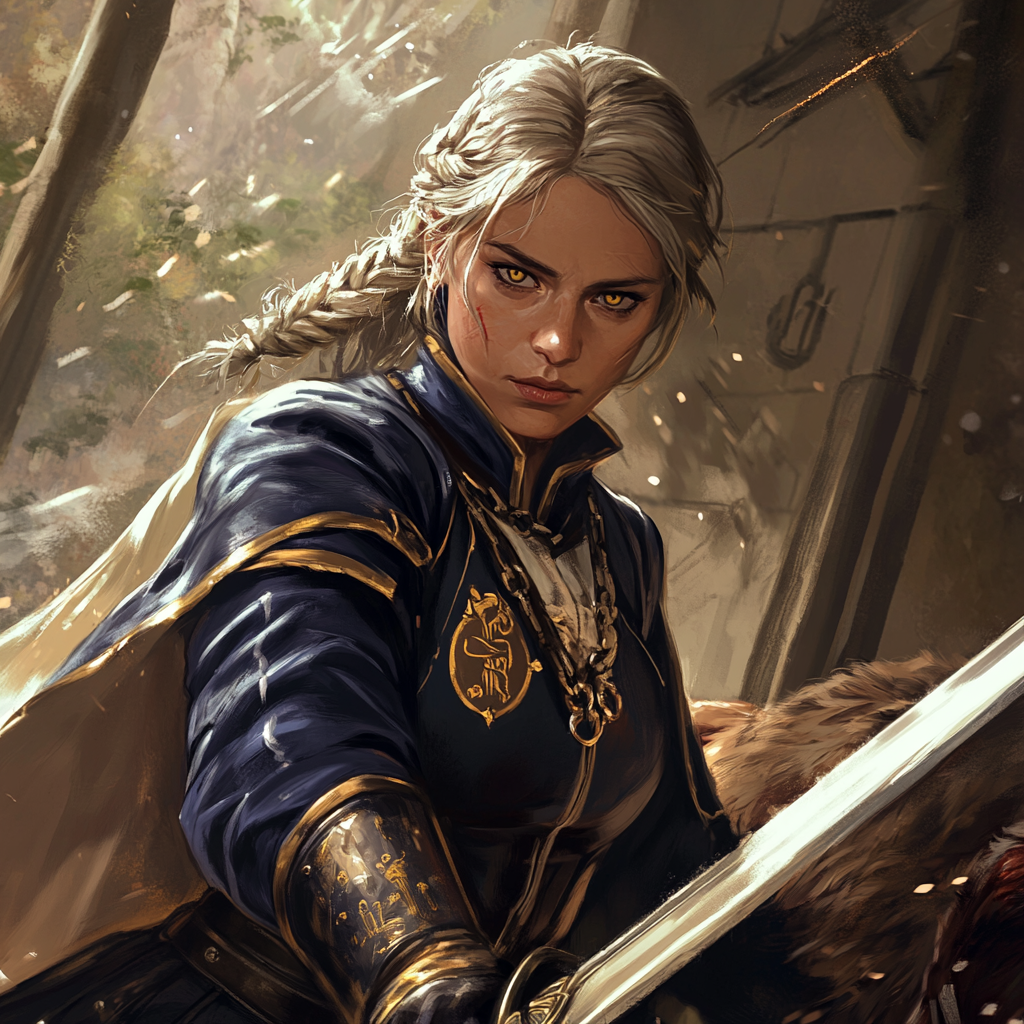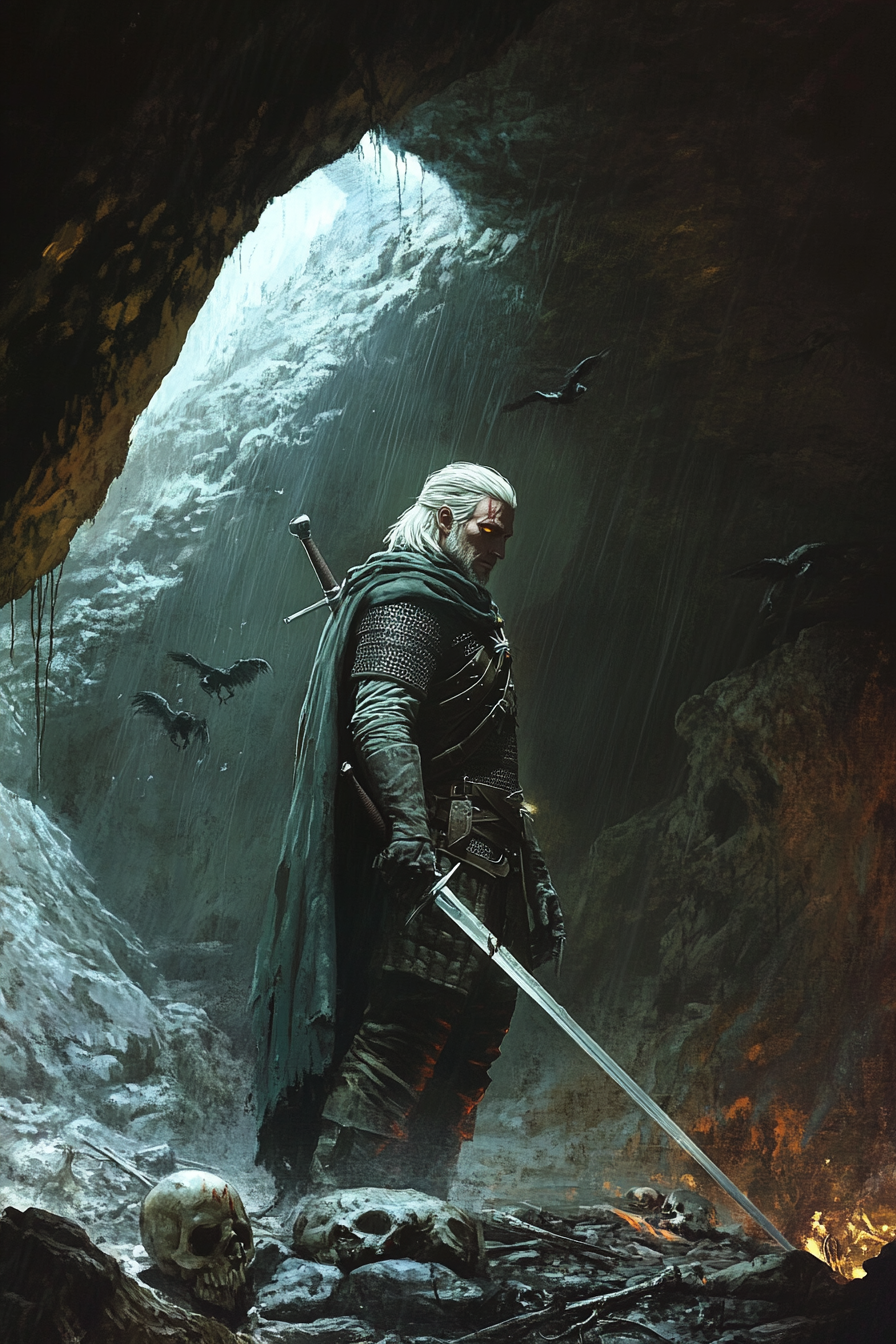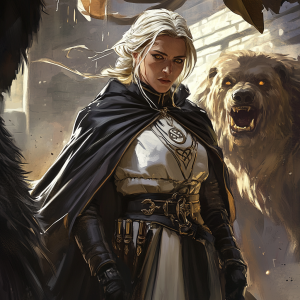
In the moonlit forests of 3ConSoi, where suspicion is currency and secrets flow like blood, one figure treads the line between monster and savior: the Witcher. Long before streaming shows or triple-A fantasy games made monster-hunters a pop-culture staple, 3ConSoi’s Witcher was carving out his own legend. But who is the Witcher in the context of 3ConSoi? Why does his story still haunt the community’s imagination? This article peels back the layers—from mythic origins to cutting-edge mechanics—to reveal why the Witcher remains a cornerstone of the game’s lore, and what makes playing him a test of both nerve and strategy.
Legends whisper that the Witcher’s lineage predates the formation of the village itself. When the first werewolves clawed their way from nightmare into reality, terrified villagers sought help not from priests or warriors, but from outsiders versed in darker arts. Some accounts say the earliest Witchers were outcasts—humans marked by tragedy, trained in obscure rituals and forbidden poisons. They learned to track, to blend in, to become invisible in plain sight. Their only creed: to hunt the hunted. “The Witcher is a necessary evil—a blade forged by fear, tempered by solitude.” — Old Village Chronicle, 1342 [1]
Every Witcher’s journey in 3ConSoi begins with a contract: slay the werewolf, or perish in the attempt. Unlike the noble Seer or the pragmatic Inspector, Witchers live on the edge, never fully trusted by either side. Their methods—potions, silver, and silent ambushes—often blur the line between heroism and heresy. To many villagers, the Witcher is both protector and pariah.
In 3ConSoi, the Witcher role is designed for players who thrive on risk and reward. Unlike the Seer, who investigates with the village’s blessing, or the Bodyguard, who shields the innocent, the Witcher acts alone, wielding a power both coveted and feared.
You’re the Witcher. The votes are tight; suspicion is swirling. Do you strike now, hoping your hunch is right, or wait for one more clue and risk the wolves turning on you? This tension is what makes the Witcher a perennial favorite among expert players [2].
Witcher mains form a distinct subset of the 3ConSoi community. Known for bold plays and clutch decisions, they often influence the flow of a game without uttering a word. Forums are packed with tales of legendary Witcher “clutches”—one player turning the tide by slaying a wolf at just the right moment. Yet for every legend, there are stories of Witchers who struck too soon, sealing the village’s doom.
Despite sharing a goal with villagers, Witchers rarely earn trust. Rumors swirl of Witchers who have sided with werewolves to survive, or who have hunted innocents for personal vengeance. The Witcher’s ambiguous morality sets them apart from more clear-cut roles like the Priest or the Nun, whose actions are almost always above reproach.
To become a Witcher is to accept solitude. Many tales dwell on the psychological toll—paranoia, mistrust, even madness—that accompanies the role. Community-driven fan fiction often portrays Witchers as tragic figures, doomed to wander from village to village, never finding home.

The concept of a “witcher” is not unique to 3ConSoi. The term evokes Slavic legends of monster-hunters, blending shamanism, martial skill, and forbidden knowledge. Andrzej Sapkowski’s “Witcher” novels (and the resulting video games/TV shows) have further popularized the archetype, but the role’s DNA stretches far deeper [3].
While 3ConSoi nods to these traditions, its Witcher stands alone. The mechanics emphasize paranoia, agency, and consequence, ensuring every Witcher game feels fresh. The character’s appearance—a mix of ragged cloak, scarred features, and wolfish intensity—draws inspiration from both classic art and modern fantasy design [5].
Surveys and forum polls consistently show the Witcher as one of the most “high-skill, high-reward” roles in 3ConSoi. Some beloved player quotes:
Notable moments in 3ConSoi history include the infamous “Double-Strike” game, where a wrongly accused Witcher managed to eliminate the Alpha Wolf in overtime, and rare “Witcher’s Pact” alliances with Seers or Inspectors that are widely discussed in post-game strategy guides [7].
Each year, 3ConSoi hosts the “Hunter’s Moon” event—a week-long celebration of the Witcher. Players submit fan art, cosplay, and recount their greatest Witcher wins (and fails). Winning entries are immortalized in-game as cosmetics or achievements, cementing the Witcher’s legacy in the player culture.
Developers cite inspiration from both tabletop mafia games and interactive fiction, emphasizing agency and consequence in the Witcher’s design.
3ConSoi’s art team reportedly spent months refining the Witcher’s look, blending historic Eastern European motifs with modern dark fantasy. The Witcher’s gear is loaded with symbols—silver daggers, rune-etched vials, a battered wolf medallion. Subtle idle animations—a twitching hand, a wary glance—reinforce the character’s outsider persona and help new players “read” the Witcher in-game, adding a strategic layer to gameplay.

Ask any veteran player: the Witcher is the game’s truest wildcard. The role fuses lore, risk, and reward into an unforgettable package. Every Witcher game is a new legend—sometimes tragic, sometimes triumphant, always memorable. “He walks in shadow, hunts in silence, and is remembered in every tale.” — Folk proverb, 3ConSoi community archives [7]
Whether you’re a lore buff, a strategy junkie, or just a fan of clutch plays, the Witcher has a story for you. Next time you play 3ConSoi, consider stepping into those battered boots. You might just make history—or become the next ghost in the game’s haunted woods.
Ready to walk the Witcher’s path? Join a game, hunt your demons, and share your legend with the 3ConSoi community today.